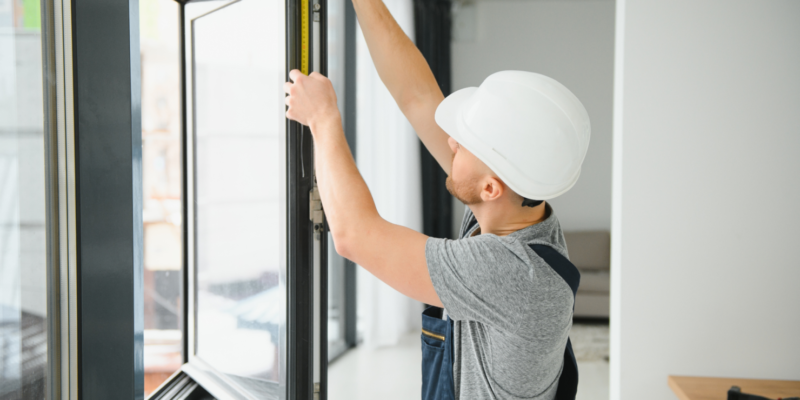New window installation can dramatically enhance the comfort, energy efficiency, and aesthetic appeal of your home. However, to ensure a smooth and successful installation process, it’s crucial to prepare your home appropriately. This comprehensive checklist will guide you through the necessary steps to prepare your home for new window installation, ensuring that the project progresses efficiently and meets your expectations.
1. Assess Your Current Windows
Before initiating the new window installation, evaluate your existing windows. Identify any potential issues that may affect the installation process, such as structural damage, mold, or rot. This assessment will help you determine if any preliminary repairs are needed and will provide your installer with valuable information about the existing conditions.
2. Choose the Right Window Style and Materials
Selecting the appropriate window style and materials is critical to the success of your new window installation. Consider factors such as energy efficiency, durability, and maintenance requirements. Popular options include double-hung windows, casement windows, and sliding windows, each offering unique benefits. Consult with your contractor or window specialist to make an informed decision that aligns with your home’s architectural style and your personal preferences.
3. Measure Your Windows Accurately
Accurate measurements are essential for a seamless new window installation. Measure the height, width, and depth of each window opening, and check for any irregularities in the frame. Ensure that measurements are taken from multiple points to account for any variations. If you’re unsure about taking measurements yourself, hire a professional to ensure precision and avoid costly mistakes.
4. Clear the Installation Area
Prepare the installation area by clearing the space around the windows. Remove any furniture, drapes, or blinds that may obstruct the installers’ access. If your windows have exterior shutters or screens, remove them as well. This preparation will facilitate a smooth installation process and prevent damage to your belongings.
5. Protect Your Home’s Interior
To safeguard your home’s interior during the new window installation, cover flooring and furniture with protective sheets or drop cloths. Installers may need to work inside your home, so protecting surfaces from dust, debris, and potential damage is crucial. Additionally, if you have delicate or valuable items near the windows, consider relocating them temporarily.
6. Address Any Structural Issues
Ensure that any structural issues are addressed before the new window installation begins. This may involve repairing or reinforcing window frames, sills, or surrounding walls. A solid and stable frame is essential for proper window installation and long-term performance. If structural repairs are needed, consult with a contractor to address these issues before proceeding with the installation.
7. Review Installation Details with Your Contractor
Communicate with your window installation contractor to review the project details and timeline. Discuss any specific requirements or preferences you have, such as window features, finishes, or installation techniques. Confirm the installation schedule and ensure that your contractor has all necessary permits and approvals. Clear communication will help prevent misunderstandings and ensure that the installation meets your expectations.
8. Prepare for Potential Disruptions
Be aware that new window installation may cause temporary disruptions to your daily routine. The process can create noise and may involve some level of inconvenience as installers work on your home. Prepare for these disruptions by planning accordingly and making arrangements for any temporary adjustments you may need to make during the installation period.
9. Verify the Warranty and Maintenance Requirements
Before the installation begins, review the warranty terms and maintenance requirements for your new windows. Ensure that you understand the coverage provided and any specific maintenance tasks required to keep your windows in optimal condition. This knowledge will help you care for your new windows properly and address any issues that may arise in the future.
10. Final Inspection and Touch-Ups
After the new window installation is complete, conduct a thorough inspection to ensure that the windows are properly installed and functioning correctly. Check for any gaps, misalignments, or defects, and address any concerns with your contractor immediately. Additionally, inspect the interior and exterior of the window frames for any touch-ups or adjustments that may be needed to achieve a polished and professional finish.
Conclusion
Preparing your home for new window installation involves careful planning and attention to detail. By following this checklist, you can ensure that the installation process proceeds smoothly and that your new windows enhance the comfort and beauty of your home. From assessing your current windows to final inspections, each step plays a crucial role in achieving a successful and satisfying window installation.











Comments